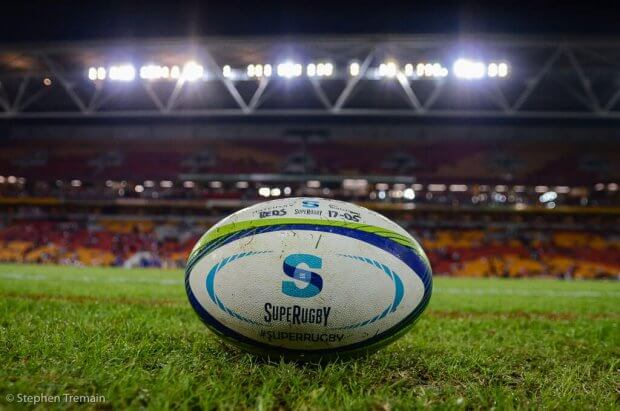In my pre-season article, I broke down the status of each squad based on contextual information such as their performances in 2018, player transfers between seasons, and the need to rest high-profile players.
We are now two-thirds of the way through the 2019 season and the Australian franchises are within 3 competition points of each other, with a maximum points for and against difference of only 42 (Brumbies -28, Rebels +14). With this information in hand, as well as the knowledge that the conference leader will get a place in the finals with any other contenders needing to secure a wild card spot by beating teams from the overall competition on points, we can see how well each team has dealt with the key points I outlined in February and what they need to do to make their case for the finals series.
NSW Waratahs
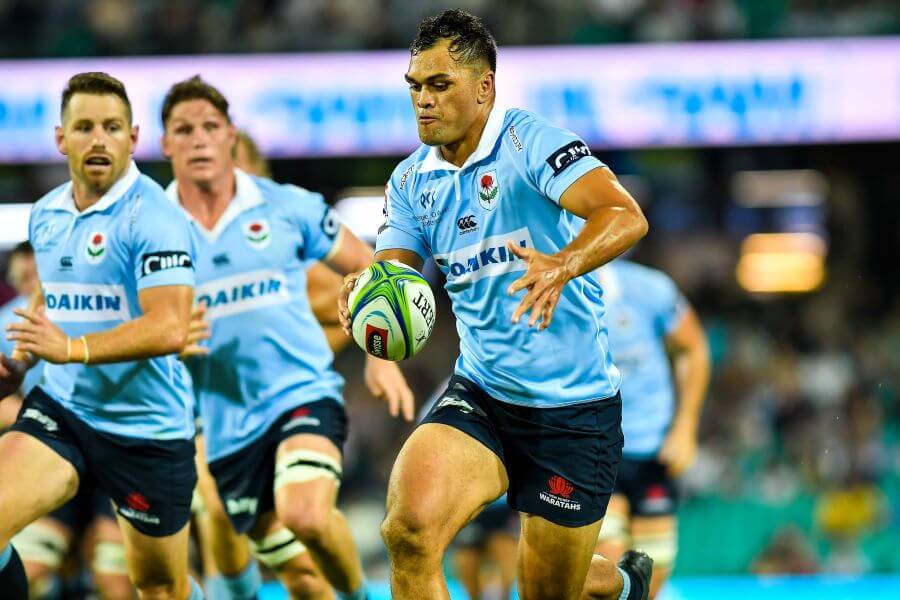
The Waratahs have had a highly inconsistent season, toppling the table-topping Crusaders while losing to consistent wooden spooners the Sunwolves. Off-field controversy surrounding the Israel Folau fiasco has certainly affected their morale. They are currently partway through a South African tour which has the potential to devastate their remaining chances at cracking the finals.
Folau is not the only player the Waratahs have lost – in my pre-season article, I said that they would need to find a new attacking weapon to replace Taqele Naiyorovoro who scored 15 tries last season. This duty was taken up by Folau, who scored 11 tries last season (together they scored 44% of the Waratahs’ 59 tries), but since he has departed the Waratahs have struggled to get over the white line. The New South Welshmen have gone from scoring the third-most tries in the competition in 2018 with 81 (4.5 per game) and having 2 players in the top 5 for tries scored, to scoring only 25 (2.5 per game) and beating only the Sunwolves, Stormers, and Bulls on tries scored. No Waratah features in the top 12 try scorers in Super Rugby this season, and with the dismissed Folau still being the Waratahs leading try scorer in 2019 it is incredibly unlikely that the Waratahs will make the finals this year.
In 2018, the finalists with the least tries scored were the Sharks with 50 (a rate of 3 per game). They also had the least wins with only 7 and the Waratahs are currently on 4, meaning that they realistically need to win at least 3 more games to be in contention for the finals even if they secure a lot of bonus points. Needless to say, winning 7 games is still below a win rate of below 50% and last year the Sharks were easily bundled out in their first elimination match.
In February, I also said that the Waratahs need to be faster to the breakdown. While this has statistically improved, in reality they are still losing the important contests and this has been most evident in their most recent games against South African opposition. While Karmichael Hunt, Jack Dempsey, and even Ned Hanigan have brought a new energy to the team this season, their forward pack is being dominated whenever they come up against a larger opponent (such as when they went up against the 920kg Sharks pack with only 878kg of muscle – a difference of over 5kg per man)*.
The Waratahs’ lack of a serious home ground has likely also affected their results. Their only game at Bankwest Stadium in Parramatta was a loss, their only game at McDonald Jones Stadium in Newcastle was a loss, and their only game at Brookvale Oval was a loss. Only at the Sydney Cricket Ground do they seem capable of winning games (their sole win outside of the SCG was a lucky escape against the Sunwolves in Tokyo).
The Waratahs have already had their bye and face 1 more game in South Africa against the Lions, who have been frequent finalists in recent years and have beaten the Waratahs in their last 4 encounters (as well as in every game in Johannesburg this decade). In their remaining 5 games following this, the Waratahs play each of the other Australian franchises as well as the Jaguares and the Highlanders. They are at Bankwest Stadium for the Jaguares and Brumbies games, and away for the rest. The lack of further games at the SCG does not bode well, however the Waratahs have recently had good records against the Reds, Rebels and even the Highlanders in recent years (albeit outside of Dunedin). The Waratahs have a chance to get their season back on track with a win in Johannesburg as the Lions have not been playing to their usual standards, and if this occurs they must ride the momentum of the win to carry themselves to victories away from home. Otherwise, the Waratahs stand little chance of making the finals this year.
*These numbers were determined from RugbyPass’ player statistics and their reported weights from the Sharks’ website. The numbers from the FoxSports coverage reduce the overall difference in weight to 10kg and thus 4kg per man).
Brumbies
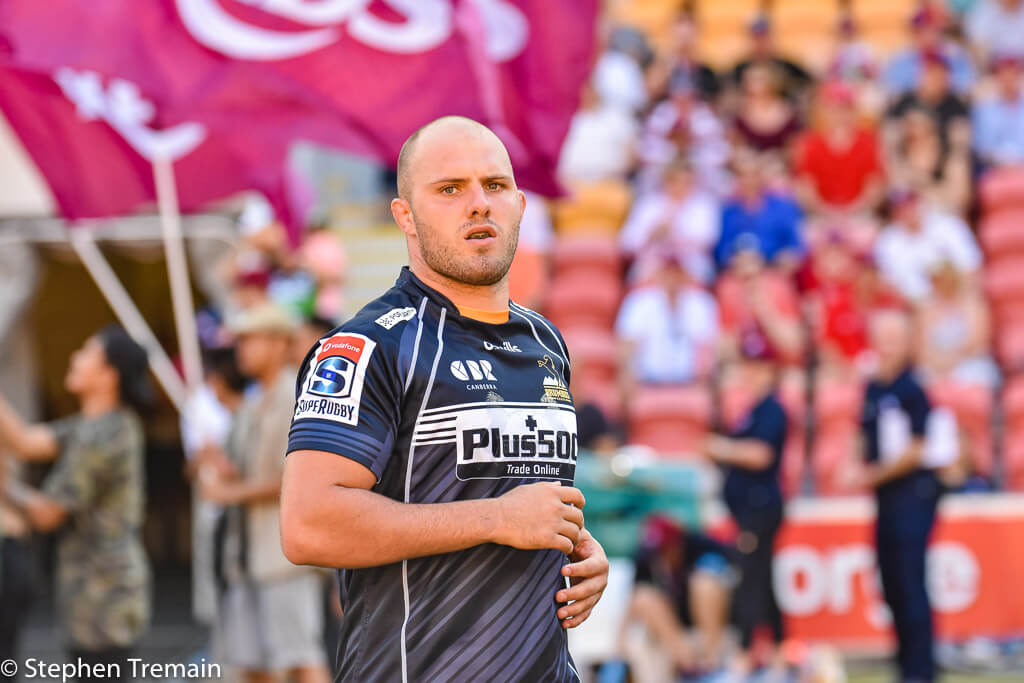
The Brumbies have had a better season than is immediately apparent. They are tied at the top of the Australian conference, and suffering two early losses to their bogey team (the Rebels) has marred a season which is otherwise 5 wins from 9 games despite a difficult draw for the first half of the tournament. Their next game is against the Sunwolves followed by a bye, and this less intense upcoming fortnight will put them in a good position to recover from niggling injuries and fatigue, and get in the right mental space for a charge at the finals. The Brumbies have also been hit hard by injury, and hopefully by round 15 players such as David Pocock, Lachlan McCaffrey, and Rob Valetini will make their way back into the squad.
In my February article, I said that the Brumbies’ backs would need to support Tom Banks better to enable them to score tries across the park. I hoped that the signing of Toni Pulu might assist with this prospect, but he has only recently returned from a round 1 cheek fracture. Kuridrani was also out for their recent game against the Blues, and without his steadying midfield presence the Brumbies’ backs looked lost and confused on attack. This has led to a reliance on their previous strength in the rolling maul, with Folau Faingaa becoming the tournament’s leading try scorer.
After their bye, the Brumbies will face a South African team bogged by off-field administration issues at home, followed by a second game against the Sunwolves. If the Brumbies can manage to win all 3 of these upcoming games it will be hard to dislodge them from the top of the Australian conference with 8 wins in hand and only 2 rounds left to play. Their final games see them travelling to Parramatta to face the controversy-ravaged Waratahs in a match-up which the Brumbies have won 5 of the last 6 times, as well as the Reds in Canberra with a history of the home team winning each of their previous 6 encounters.
The Brumbies are favoured to win each of their remaining 5 games, but in reality they could still drop a game and be in the driver’s seat for the final rounds. In the unlikely event that they only win 3-4 games and another Australian team tops the conference, the Brumbies would also be strong contenders for a wildcard spot that they narrowly missed out on last year. At this stage, the Brumbies would have to catastrophically self-destruct to miss out on the finals series.
Melbourne Rebels
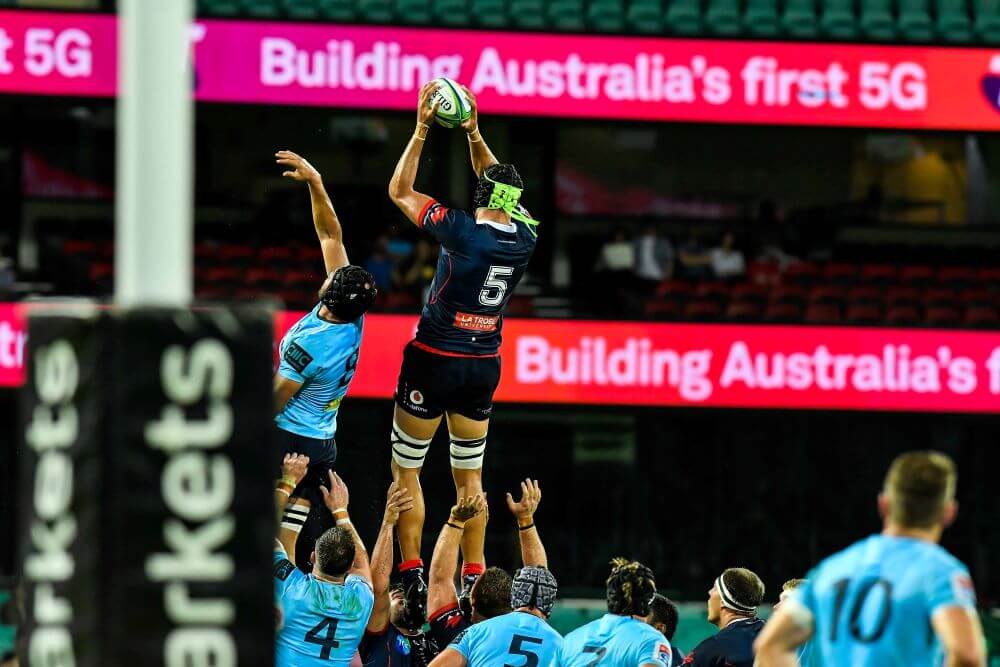
This Rebels’ season has been just as inconsistent as the last. Both years follow a similar pattern of 3 initial wins followed by 5-6 losses out of 7 games. In 2018 however, the Rebels bounced back starting in round 13 by picking up 3 straight wins, though sadly they lost their last 3 matches and narrowly missed out on a wildcard spot in the finals. This season, the Rebels have a chance to continue to mirror their 2018 fortunes with their next 3 games against the Reds, Bulls, and Sunwolves. The Rebels have won 2 of their 3 games against the Reds since Dave Wessels took over as coach despite only 1 of those games being held in Melbourne, while the Bulls and Sunwolves are mired with off-field issues and difficult travel schedules.
Following this, however, the Rebels are required to play against bogey team the Waratahs and constant champions the Crusaders. Their final match is against the injury-laden Chiefs in Melbourne, and this game will be crucial in order to secure a finals berth. The Rebels likely need to win 3 of these games in order to make the finals, and considering the Brumbies’ easy run home they will probably need at least 4 if they want to play their finals footy in Melbourne. The Rebels currently stand on exactly the same competition points as the Brumbies, so bonus points will become very important here and their failure to secure a losing bonus point against the Hurricanes on the weekend may become an important issue.
In February, I said that the Rebels needed to find a new way to make metres without Amanaki Mafi. Adam Coleman has also spent a portion of the season on the sidelines which has amplified this issue, but the rest of the pack (particularly the back row) has been able to step up to share the burden. Unfortunately, this has been rather inconsistent and the lack of front foot ball has led to the diminishment of their potent backline in crucial games against the Waratahs and the Stormers, and this trend needs to be reversed in the next two games against the powerful packs of the Reds and the Bulls.
Just as inconsistent have been the other issues I highlighted in February: those of discipline and tackling. Rebels were the most yellow-carded team this year until the cardfest involving the Sunwolves on Friday, yet against the Hurricanes on Saturday they managed to concede only 3 penalties. In that same game, the Rebels steadfastly refused to tackle the Hurricanes whatsoever leading to 4 tries in 22 minutes – until this changed suddenly at half-time and the number of barely increased, maxing out at (a still unacceptable) 26. Overall, they have a tackle completion rate of only 82.7% which is 13th in the tournament and the lowest out of the Australian franchises. This needs to improve drastically if they are to have any hope of a home finals berth.
Queensland Reds
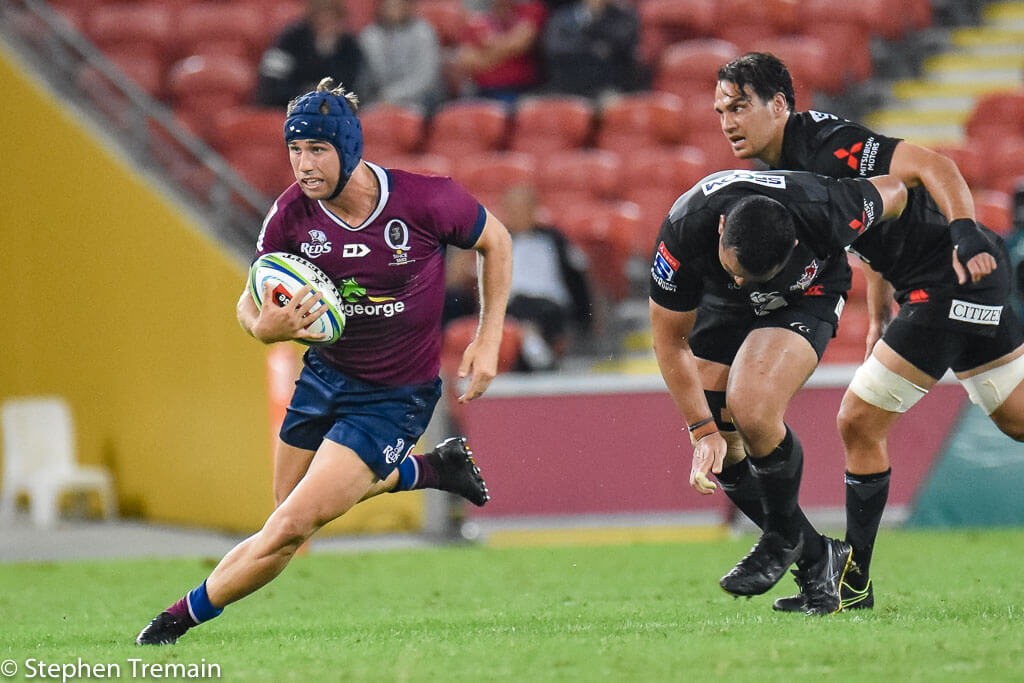
The Reds have been a surprise package this year, after I indicated in February that they might need another year to really hit their stride “after an era of disastrous short-term coaching appointments.” Hamish Stewart has improved in his seemingly preferred position at fullback, with Bryce Hegarty capably filling the flyhalf jersey. The emergence of Tate McDermott in addition to the consistently fantastic Samu Kerevi has meant that the Reds’s backline is still extremely dangerous despite the early season-ending injury to Jordan Petaia. As a result, the Reds have employed a more well-rounded attack this year. They have relied less on predictable forward runners and implemented better support lines, although in some games the ball doesn’t seem to reach their devastating linebreaking backs as frequently as it could be.
The Reds are also in the top half of teams by tackles successfully completed this year, standing at 85.4% (only 1.4% below tournament leaders the Crusaders) compared to 83.6% last year. They were tied with the Rebels for the most yellow cards in 2018, but this year the Reds have been slapped with only 2 which puts them below only the Highlanders and the Chiefs (1 each).
The cost of this turnaround has been the success rate of their scrum, which has dropped by 10% from last year. The Reds relied heavily on their scrum in 2018, winning 91% of their own scrums at 6th in the competition, but this year they are only beating the Jaguares with 86% of scrums won. In my view this has been a successful trade-off, and we have seen far more of Taniela Tupou ranging in the wide channels, but the Reds probably need to spend some hours at the scrum machine if they are to seriously advance their finals hopes.
The Reds have managed 5 wins from 10 games, a record equalled only by the Rebels in the Australian Conference (though the Brumbies are also ahead of them due to bonus points). Coming off a bye and a home win against the Sunwolves, the Reds are in a good spot to begin a late finals push. Their next game is against the Rebels in Melbourne, a match which they lost last year but could go a long way to determining which Australian team makes the finals (particularly if the Brumbies lock down the conference leader position) as a win would put them at the top of the conference at the end of round 13.
After this, the Reds face the Waratahs in Brisbane, the Chiefs in Hamilton, and the Jaguares back in Brisbane. Their last 2 matches are against the Blues in Brisbane and the Brumbies in Canberra. The Reds need to aim to win at least half of these matches, and more than that if they want a solid chance of topping the conference. The Reds will be hoping to target the Waratahs game at Suncorp Stadium, as they have an appalling records against the boys in blue and taking advantage of their southern counterparts’ woes by beating them will be a declaration of the new power structure in Australian rugby.

